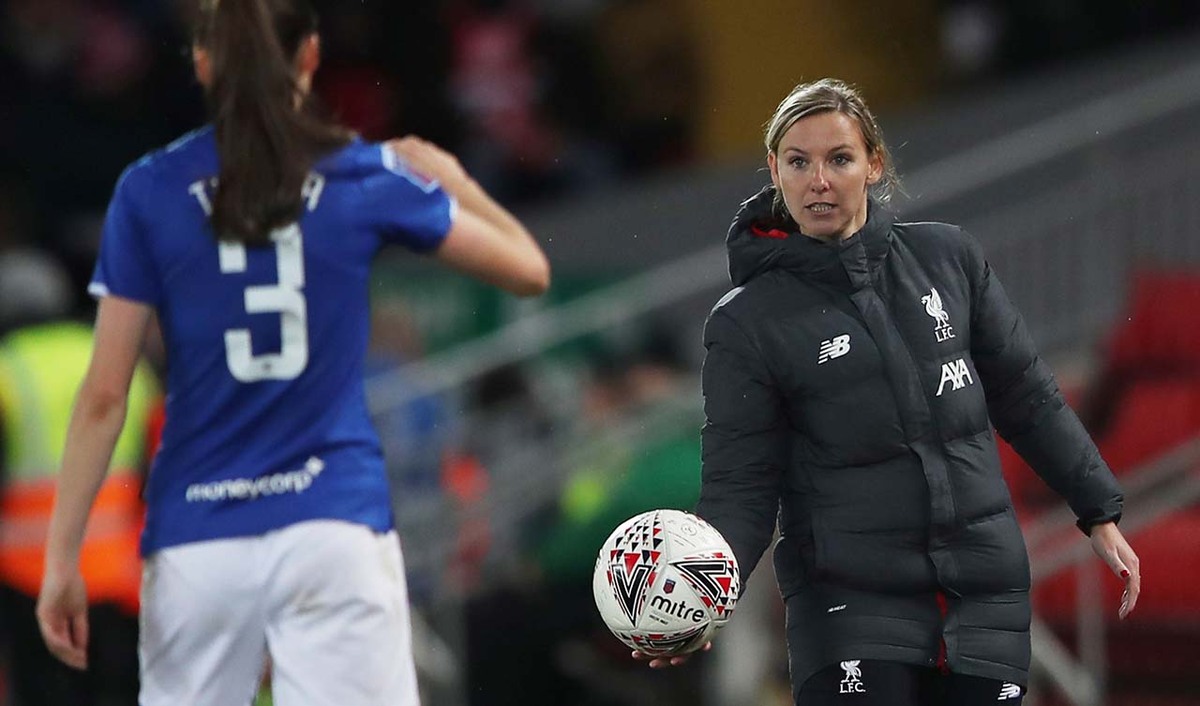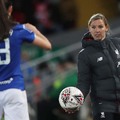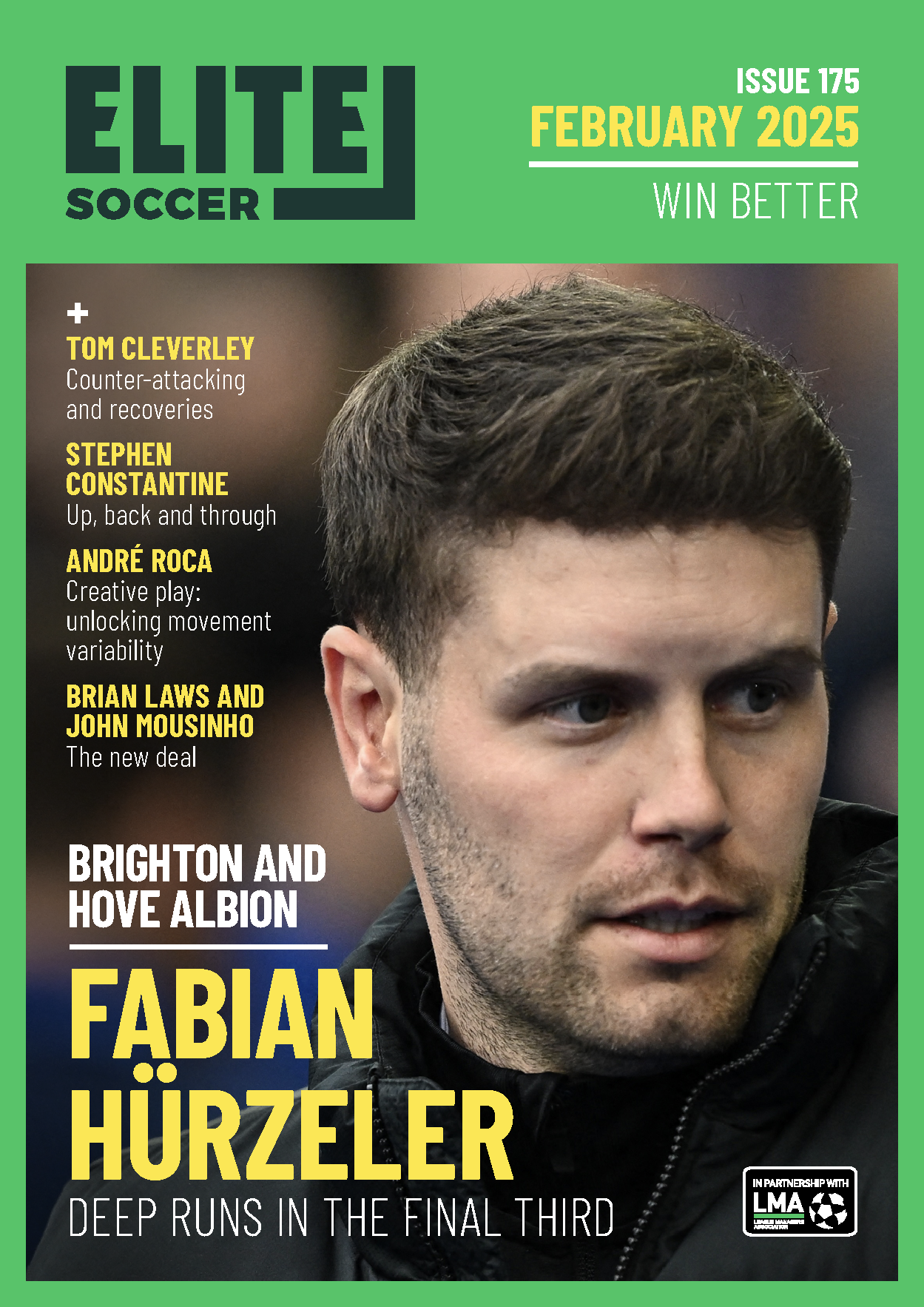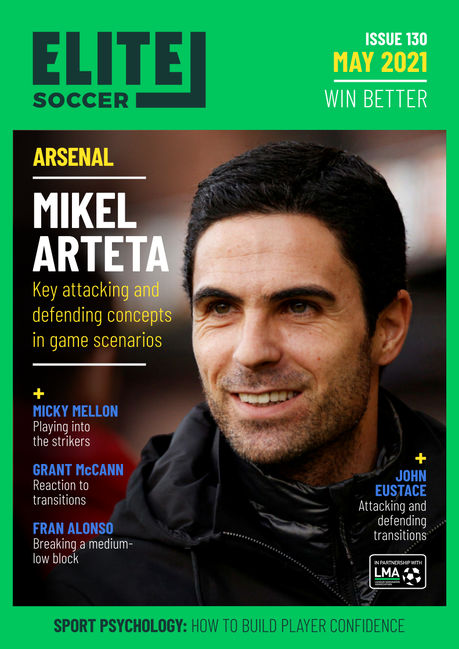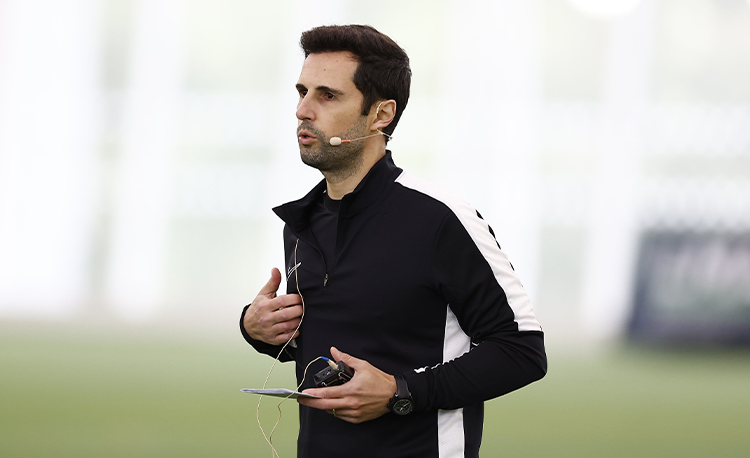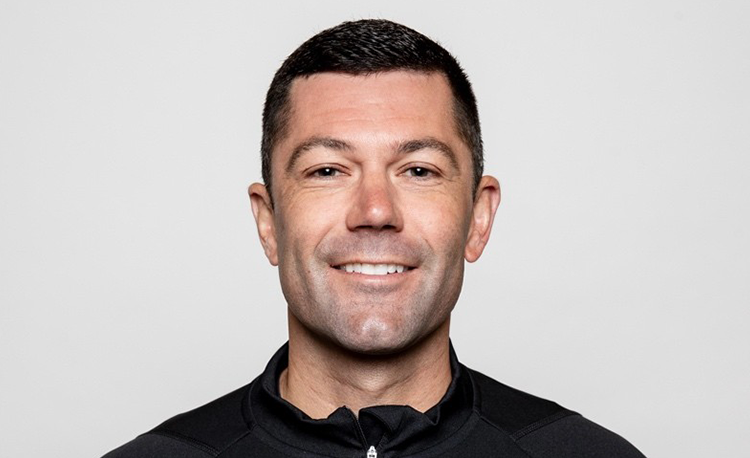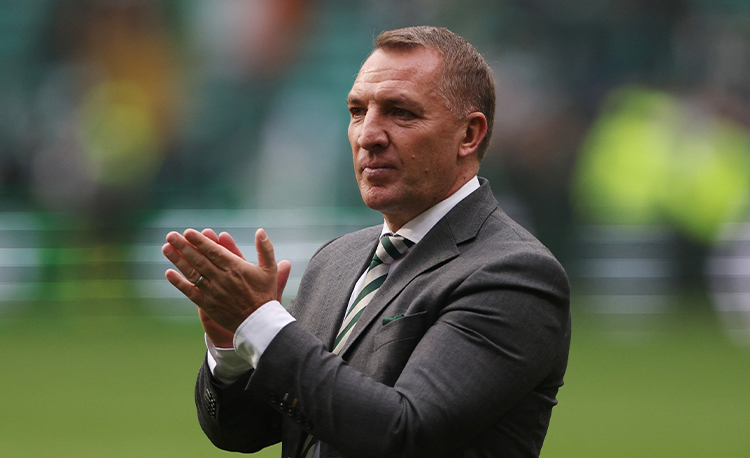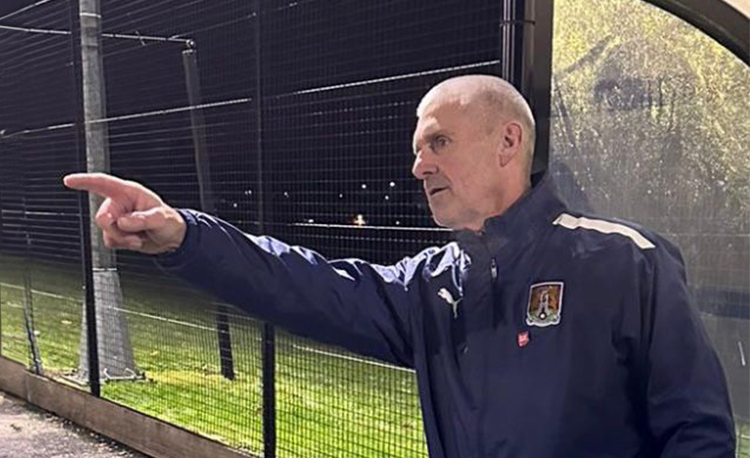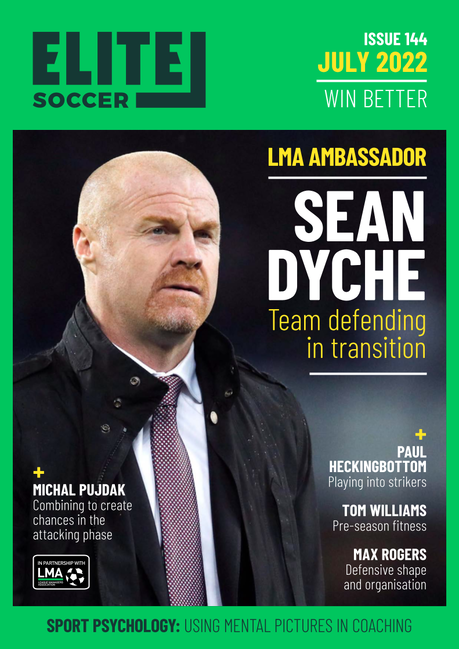You are viewing 1 of your 1 free articles
Transition from defence to attack
| Area | Up to full pitch |
| Equipment | Balls, bibs, cones, 4 mannequins, 2 full size goal |
| No. of Players | Up to 20 players + 2 goalkeepers |
| Session Time | Technical unopposed drill: 20mins Tactical conditioned 11v11: 30mins |
This session is all about counter- attacking and making the quick transition from defence to attack. It rehearses players in the movements needed to trigger the attack and focuses on the movements of the numbers 7, 11 and 9 and the passing quality to ignite the attack and to exploit the space in behind. It’s all about finding forward passes to players in the pockets and in the half spaces and it helps players to find the forward runs beyond the back line.
I chose this session because it formed an important part in the process of preparing our Liverpool team when we were due to face WSL teams who played expansive and who possessed the ball with quality thanks to the world class players within their squads.
When aiming to control the game without possession, it’s important that there is belief and a clarity on how we get success when we regain the ball so we can exploit the space with our pace in behind. This type of session plan contributed to our team competing against top flight WSL teams such as Arsenal, Chelsea and Manchester United.
This is a typical session I would run relating back to our game plan when playing against top flight opponents, drawing them onto us while controlling the game without the ball and waiting for the regains of possession. It works on light switch moments to exploit the space in behind.
“I chose this session as it played an important part in the process of preparing our Liverpool team when playing against other WSL teams”
TECHNICAL UNOPPOSED DRILL
We set up on two thirds of a pitch with a goal and goalkeeper at one end. Four mannequins are positioned as shown. We’re using 12 players split evenly into two groups. Players are set up on cones in their positions, representing number’s 6, 7, 8, 9, 10 and 11.
Play begins with the reds. The red number 8 passes to the number 11. The number 11 cuts inside to receive the ball and drives towards the defender mannequin, playing a pass in behind the mannequin for the red number 9 to make a blindside run to receive and finish on goal, as shown [1a]. The red players each rotate to the next station ready for their turn to go again.
[1a]

2. The red number 11 cuts inside to receive and drives forward with the ball, playing a pass in behind the mannequin
3. The red number 9 makes a blindside run to receive and then finishes on goal
[1b]

2. The blue number 7 cuts inside to receive before driving forwards and playing the ball in behind the mannequin
3. The blue number 9 makes a blindside run and finishes on goal
“We progress the activity by running the same sequence but instead of running on to have a shot at goal, the number 9 would turn and cross”
[1c]

The sequence is repeated on the opposite wing of the pitch with the blues, starting with a pass from the number 6 to the number 7, who cuts inside to receive before driving forwards and playing the ball in behind the mannequin. The blue number 9 makes a blindside run to receive the ball and finishes on goal, as shown [1b]. The blue players then rotate to the next station.
We can progress the activity by running the same sequence but instead of running on to have a shot at goal after receiving, the number 9 would turn and cross for the number 10 to shoot instead, as shown [1c].
We play for 20 minutes.
TACTICAL CONDITIONED 11v11
We set up on a full size pitch with a goal and a goalkeeper at each end. Two ten-yard zones are marked across the width of the pitch on one side of the halfway line, as shown, and restrictions apply in the zones. We’re using 20 outfield players and two goalkeepers, split evenly into two teams of 11. The teams are set up with the red team attacking in a 4-2-3-1 formation and defending in a 4-4-1-1 formation, and with the blue team attacking in a 4-4-2 diamond formation and using a medium block when defending. Blue players 4 and 5 start in the blue zone and blue number 2 and 3 start in the opposition half. The red number 9 starts in the red zone.
Play always begins with one of the coaches passing to either the blue number 4 or 5, who look to combine and pass into their attacking players in the opposition half, as shown [2a].
[2a]

2. Blue players 4 and 5 start in the blue zone and blue numbers 2 and 3 start in the opposition half. The blues attack in a 4-4-2 diamond formation and use a medium block when defending
3. Play always begins with one of the coaches passing to either the blue number 4 or 5, who combine and work the ball to their attacking players in the opposition half
4. If the reds win the ball, they must quickly transition to counter-attack
The blues should build up play and try to score in the goal at the end they are attacking, but if the reds win the ball, they quickly transition to counter-attack and try to get their number 9 and number 10 into positions to score goals, as shown [2b]. As soon as the ball enters the red zone there are no longer any restrictions and players can move freely.
We play for 30 minutes.
[2b]

2. The reds must try to get their number 9 and number 10 into positions to score goals
“We want to see a fast attacking transition on winning the ball, with players reacting with speed and an awareness to play forwards”
COACHING POINTS
What are the key things to look out for?
We want to see the reds defending with a good shape, using a narrow and compact mid block, denying forward play and back pressing if their line gets broken by a pass or dribble.
We also want to see a fast attacking transition on winning the ball, with players reacting with speed and an awareness to play forwards.
We want to see good supporting movements from the red 9, 7 and 11, who should counter-attack the space behind the opposition.
What are the typical mistakes players might make and how do I avoid them?
Timing of movement and quality of the pass is vital to exploit space in behind. Having a member of staff to manage the offside line can help with managing the timing of the movement into those key areas.
How would I put this in a game situation?
We would finish with an 11v11 free play game lasting 10 minutes with the ball rolling the whole time.
Related Files
Editor's Picks
Deep runs in the final third
Using the goalkeeper in build-up play
Pressing principles
Intensive boxes drill with goals
Penetrating the final third
Creating and finishing
My philosophy
Pressing initiation
Compact team movement
Coaches' Testimonials

Alan Pardew
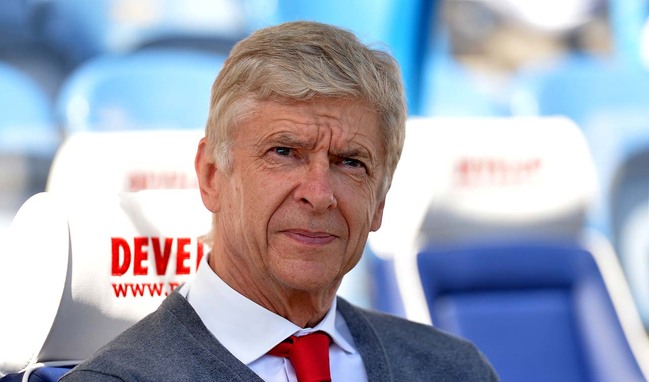
Arsène Wenger

Brendan Rodgers
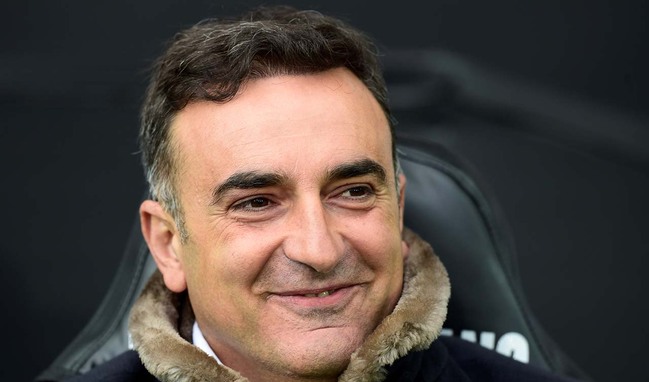
Carlos Carvalhal
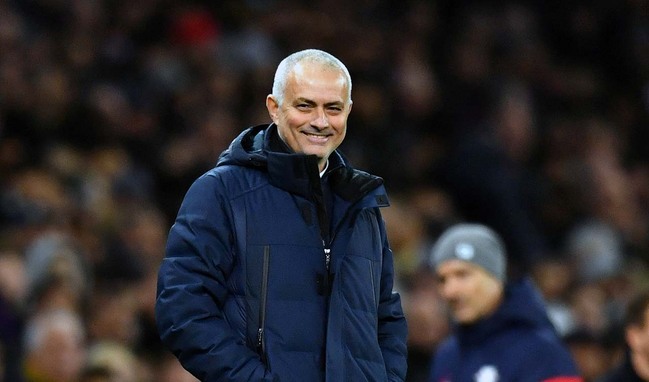
José Mourinho
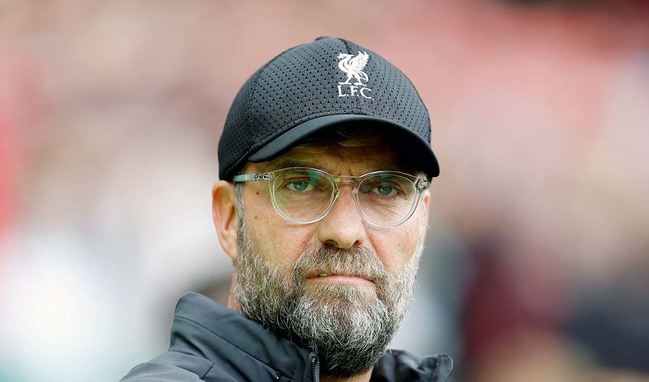
Jürgen Klopp

Pep Guardiola
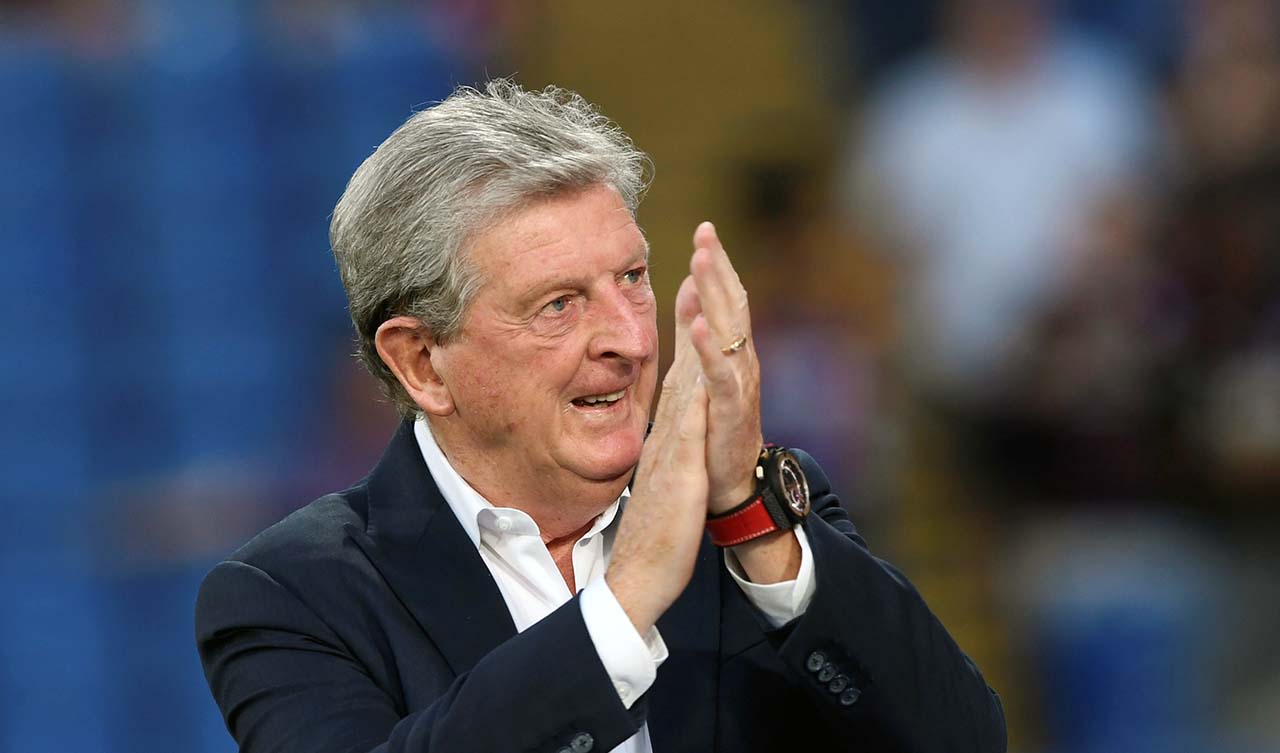
Roy Hodgson
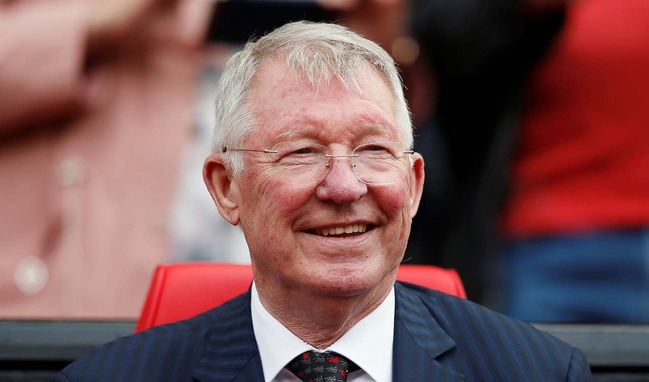
Sir Alex Ferguson
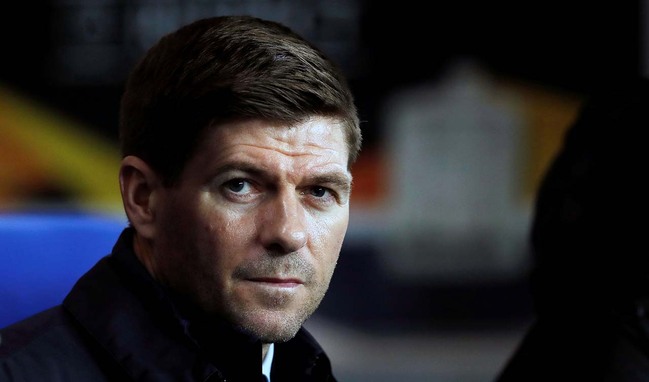
Steven Gerrard
Coaches' Testimonials

Gerald Kearney, Downtown Las Vegas Soccer Club

Paul Butler, Florida, USA

Rick Shields, Springboro, USA

Tony Green, Pierrefonds Titans, Quebec, Canada
Join the world's leading coaches and managers and discover for yourself one of the best kept secrets in coaching. No other training tool on the planet is written or read by the calibre of names you’ll find in Elite Soccer.
In a recent survey 92% of subscribers said Elite Soccer makes them more confident, 89% said it makes them a more effective coach and 91% said it makes them more inspired.
Get Monthly Inspiration
All the latest techniques and approaches
Since 2010 Elite Soccer has given subscribers exclusive insight into the training ground practices of the world’s best coaches. Published in partnership with the League Managers Association we have unparalleled access to the leading lights in the English leagues, as well as a host of international managers.
Elite Soccer exclusively features sessions written by the coaches themselves. There are no observed sessions and no sessions “in the style of”, just first-hand advice delivered direct to you from the coach.
